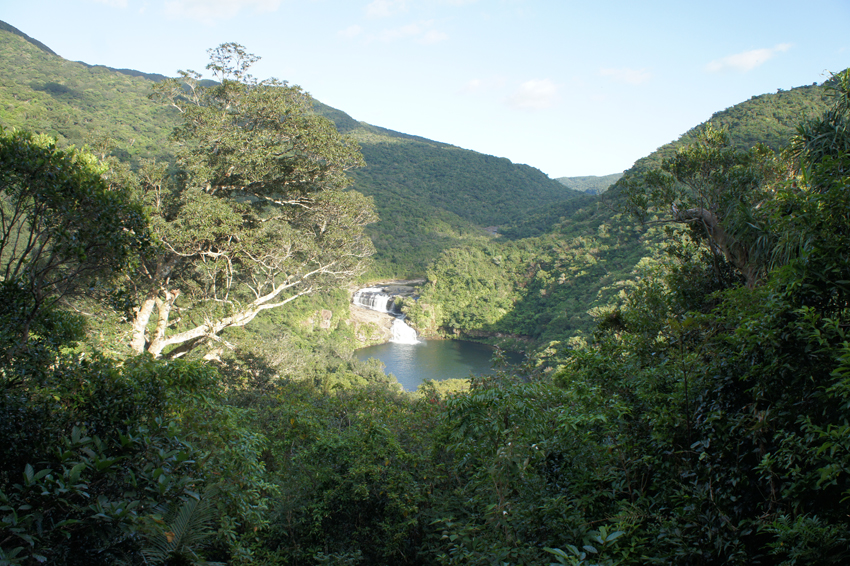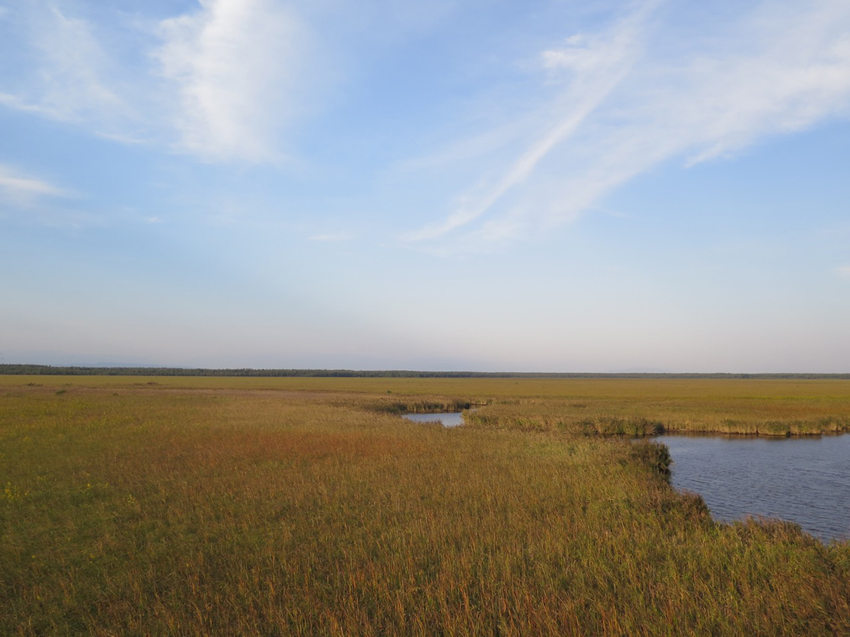IUCN recommends two biodiversity sites in Georgia and Japan for the World Heritage List
IUCN, the official advisor on nature to UNESCO’s World Heritage Committee, recommends two new inscriptions on the prestigious World Heritage List for sites in Georgia and Japan. Both places harbour a rich diversity of plant and animal species, many of which cannot be found anywhere else on Earth.
IUCN advises the World Heritage Committee to inscribe a site in the southwest of Japan composed of four islands: Amami-Oshima Island, Tokunoshima Island, Northern part of Okinawa Island, and Iriomote Island. Although a small land area, it hosts a high density of the country’s fauna and flora, many of them endemic. These include evolutionary distinct species such as the Endangered Amami rabbit (Pentalagus furnessi) and long-haired rat (Diplothrix legata), neither of which have relatives anywhere in the world.
The Colchic Rainforests and Wetlands site, in Georgia, is also recommended for inscription by IUCN for its exceptional biodiversity values. The site includes seven areas of rainforests, peatlands and mires in the Colchis, a distinct ecological region in Eurasia. It harbours numerous species of plants and animals adapted to extremely humid climate, including the Critically Endangered Colchic sturgeon (Acipenser colchicus) as well as 1,100 species of plants, some 500 species of vertebrates, and many invertebrates.
IUCN’s advice is part of a first release of documents by UNESCO for the 44th World Heritage meeting, taking place online from 16 to 31 July and hosted by China. A second set of recommendations will be issued later this month.
As the World Heritage Committee could not meet in 2020 due to the global pandemic, the documents for its 44th session include recommendations prepared both for 2020 and 2021. Over this period, IUCN has completed a total of eight evaluations – five of sites proposed for inscription in 2019-2020, all of which are available as of today, and three of sites which were proposed in 2020-2021.
IUCN has also submitted a total of 95 monitoring reports for existing natural World Heritage sites facing threats; 62 of which were also published today. These reports cover world-renowned places such as the Okavango Delta in Botswana, Plitvice Lakes National Park in Croatia, Sagamartha National Park in Nepal, and the Ha Long Bay in Viet Nam. Advice for a further 33 sites will be published by UNESCO’s World Heritage Centre later this month.
Natural World Heritage sites across the planet face a range of threats for which IUCN recommends taking action based on the rigorous standards of the World Heritage Convention, and on the specific requirements of each site.
At the global level, climate change is the most prevalent threat to natural World Heritage sites, followed closely by invasive alien species, according to the IUCN World Heritage Outlook 3 issued last December. The Outlook report, which is an independent assessment of all natural World Heritage sites, also shows increasing impacts from a range of threats derived from human activities, tourism visitation, hunting, fishing, fires and livestock grazing.
Quick access to IUCN’s evaluations and monitoring reports for the 44th session of the World Heritage Committee is available on www.iucn.org/44whc.





